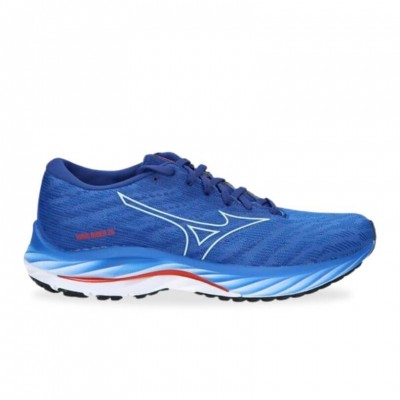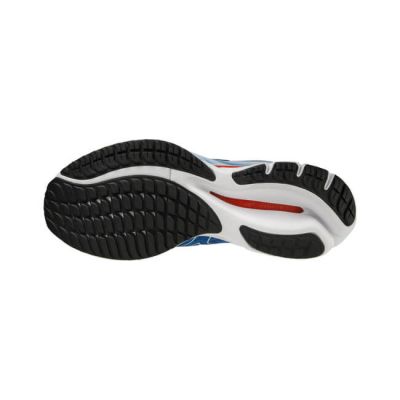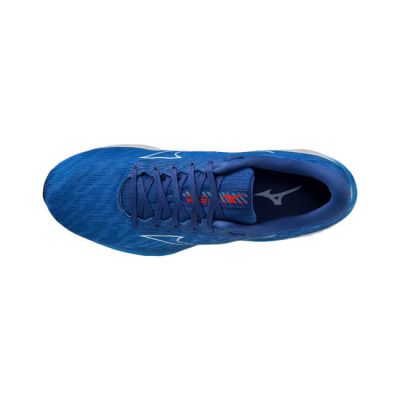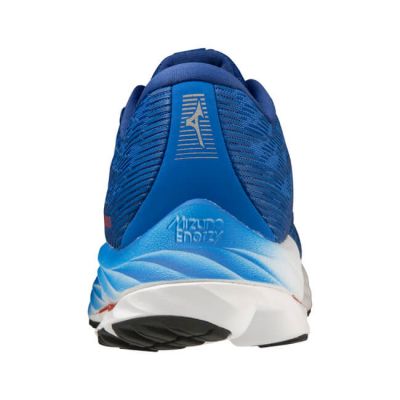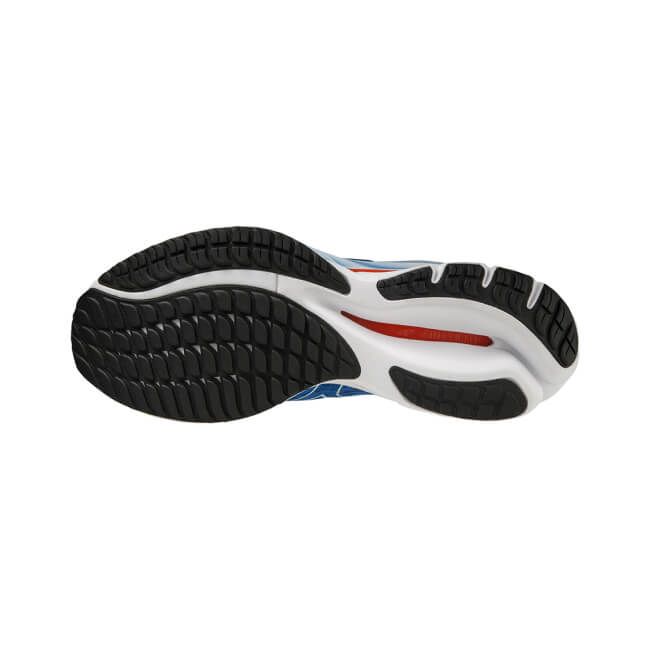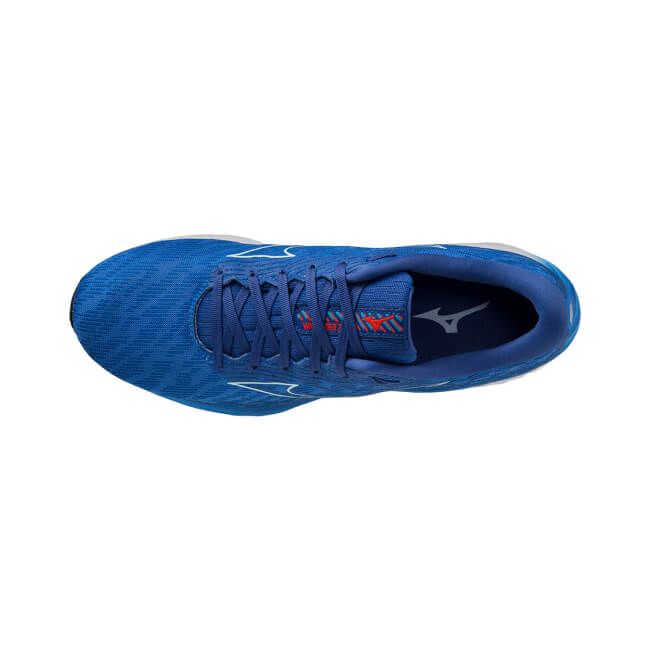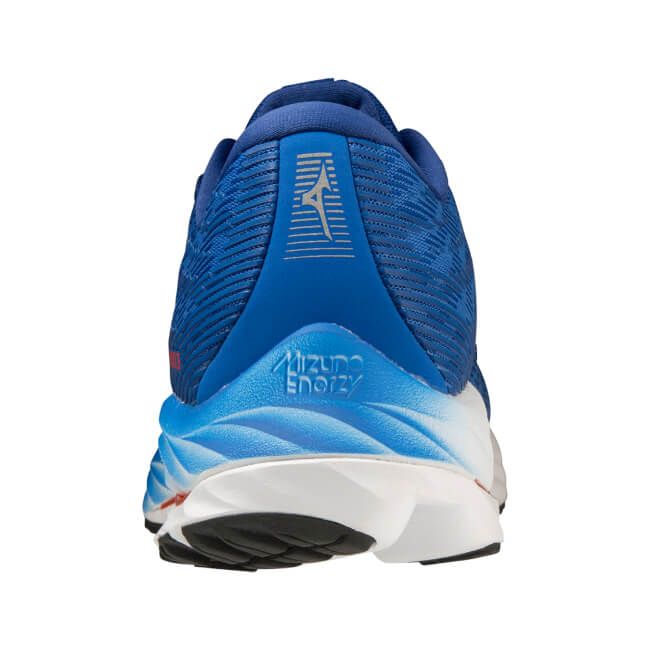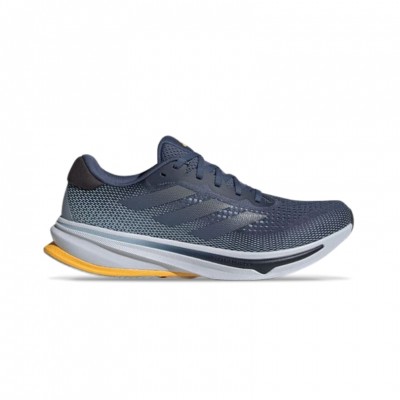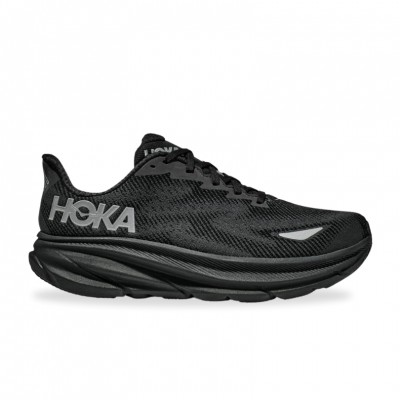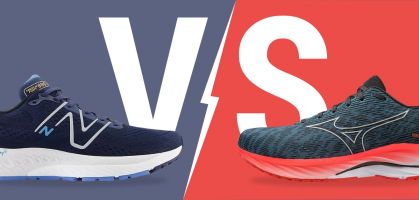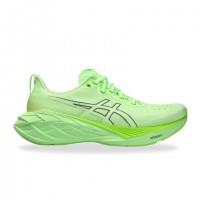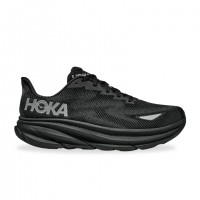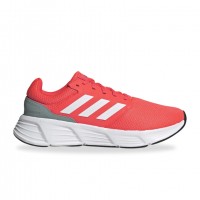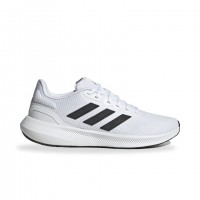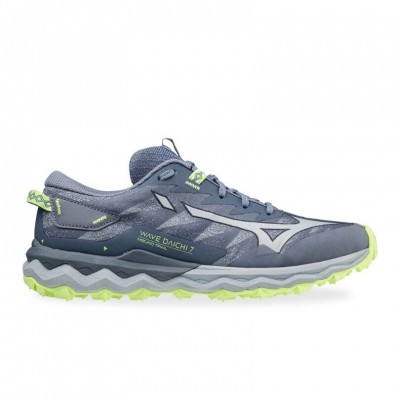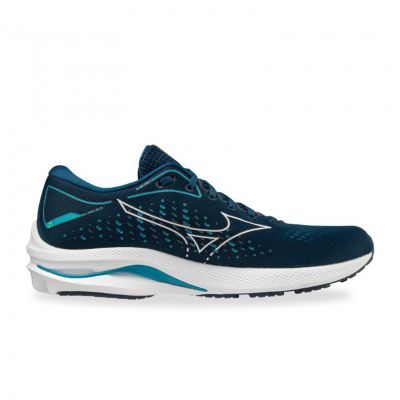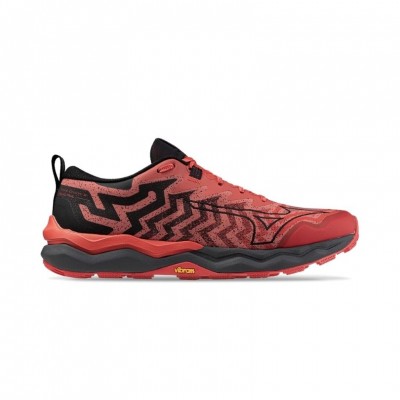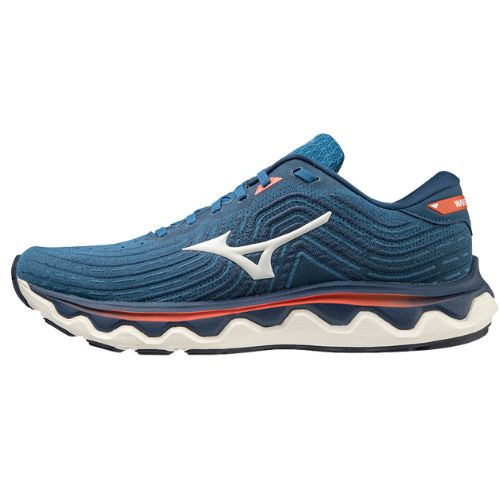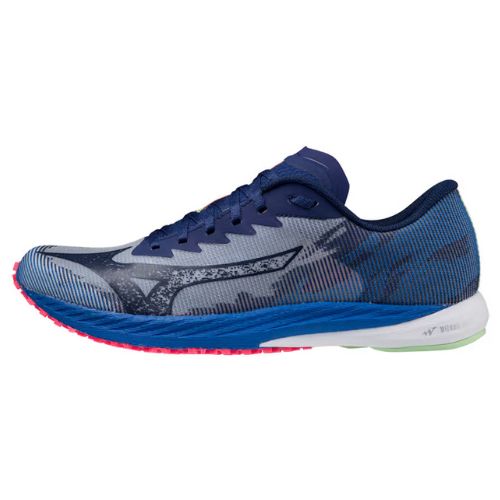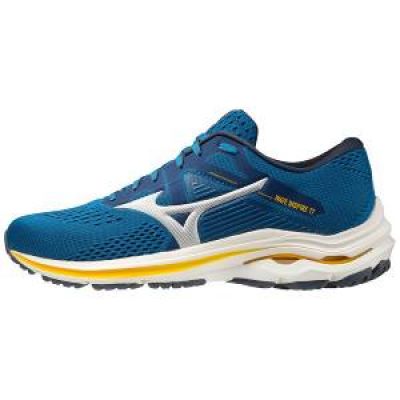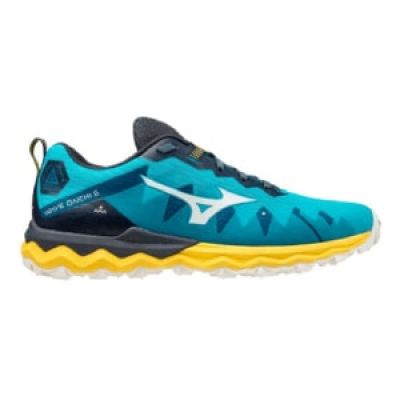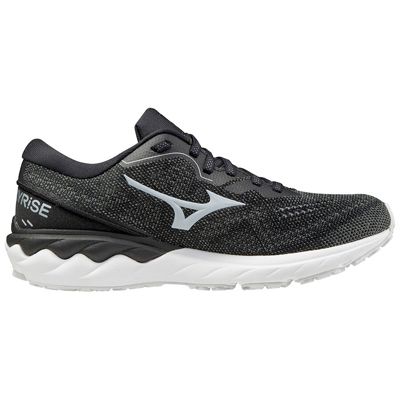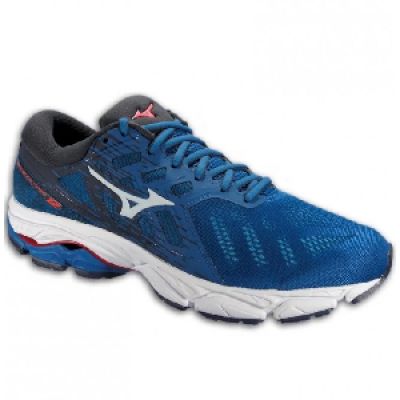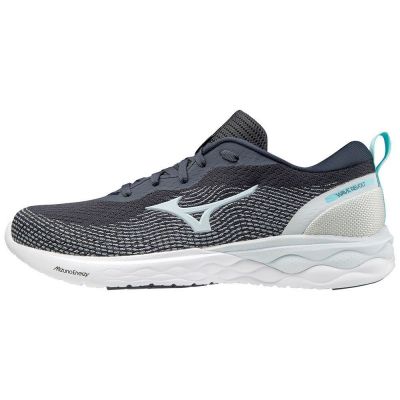Mizuno Wave Rider 26
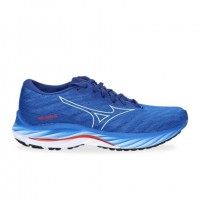

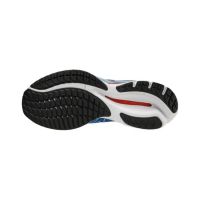
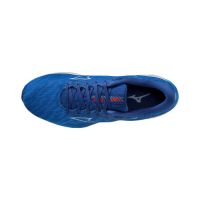
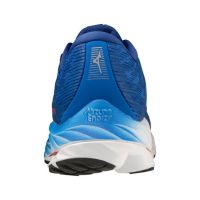
Best offers

- 3.5
- 4
- 4.5
- 5
- 5.5
- 6
- 6.5
- 7
- 7.5
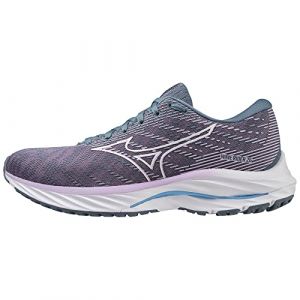
- 3.5
- 4
- 4.5
- 5
- 5.5
- 6
- 6.5
- 7
- 7.5
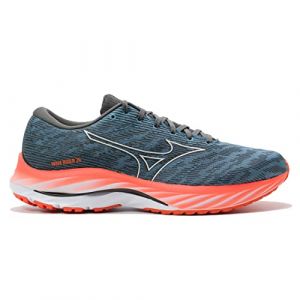
- 6
- 6.5
- 7
- 7.5
- 8
- 8.5
- 9
- 9.5
- 10
- 10.5
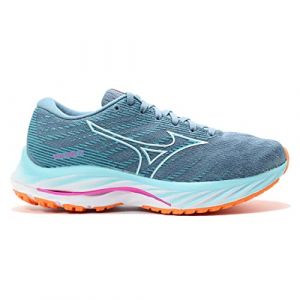
- 3
- 4
- 4.5
- 5
- 5.5
- 6
- 7
- 7.5
- 8
- 8.5
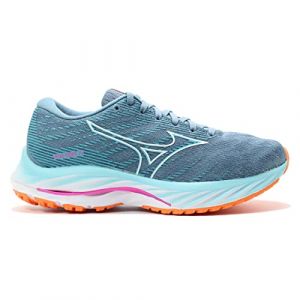
- 6.5
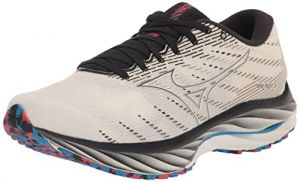
- 7
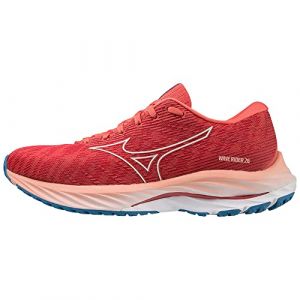
- 6

- 7.5
- 9
- 9.5
- 10.5
See more prices for Mizuno Wave Rider 26
View more pricesCharacteristics
- Gender
- Men
- Women
- Weight
- 291 (9,5 USA)
- Drop
- 12 mm
- Cushion
- Neutral
- High
- Runner weight
- Medium
- Running gait
- Neutral
- Supination
- Surface
- Road
- Use
- training
- Pace
- Low
- Medium
- Foot
- Normal feet
- Strike
- heel
- Distance
- Short
- 10K
- Half-marathon
- Marathon
- Eco-friendly
- Recycled material
- Colour
- Purple
- Year
- 2022
- Lightness 8.0
- Cushioning 9.0
- Flexibility 8.0
- Responsive 8.0
- Stability 8.0
- Grip 8.0
Awards

Award to the editorial staff's and testers' favourite models
Photos Mizuno Wave Rider 26
1 / 3The Mizuno Wave Rider 26 are the most emblematic and versatile road running shoes of the Japanese brand. In the 26th edition the model has been redesigned, achieving a more modern aesthetic, and focusing on greater comfort during running without losing that extra speed when the runner needs it. The new edition has also added a wide variety of sustainable and environmentally friendly elements to the manufacturing process. We were really looking forward to seeing this new edition of the Mizuno Wave Rider. The midsole has new features too, both in its Wave plate (not a carbon plate) and in its upper, with new materials that also aim to provide greater protection and safety in runs.
Type of runner the Mizuno Wave Rider 26 is designed for
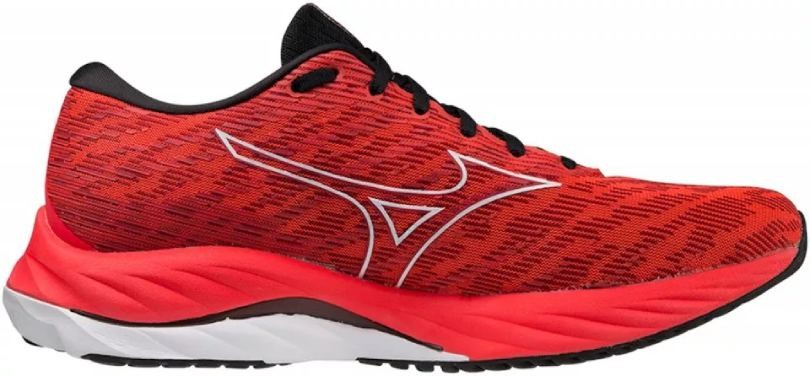
The Mizuno Wave Rider 26 is aimed at average weight runners, approximately up to 85 kg in men and 70 kg in women. It is designed for running on asphalt or dirt tracks at medium paces, slower than 4:30 min/km, for daily runs and even marathons. As we said, it is a very versatile trainer which means you could have it as your only running shoe. Since it is so comfortable and its landing feel is very soft, it can be used for running at easy paces. However, it can also be used during training sessions and for changing pace thanks to its high responsiveness provided by the reformulated Enerzy foam, the new Wave plate layout in the heel and midfoot, and the model's lightness (285 grams in a US size 9.5).
The midsole is 2 mm thicker along its entire length: 21 mm in the heel and midfoot. length: 21 mm in the forefoot area and 33 mm in the heel, compared to 19 mm and 31 mm in the Mizuno Wave Rider 25. This means 17% more MIZUNO ENERZY foam under the foot for increased cushioning and reactivity.
The drop of the shoe is 12 mm, which indicates that this trainer is intended for heel strikers. A good model for runners who don't have a great running technique.
Runner weight: Average. Up to 85 kg in men and 70 kg in women
Distances: From 10k to marathon
Pace: Slower than 4:30 min/km
Surface: Asphalt or dirt tracks
Running gait: Neutral or supinator. Heel strikers
Main technical features
The Mizuno Wave Rider 26 incorporates some of the latest technologies developed by the Japanese company. Here is a summary of its main new features.
Mizuno Enerzy
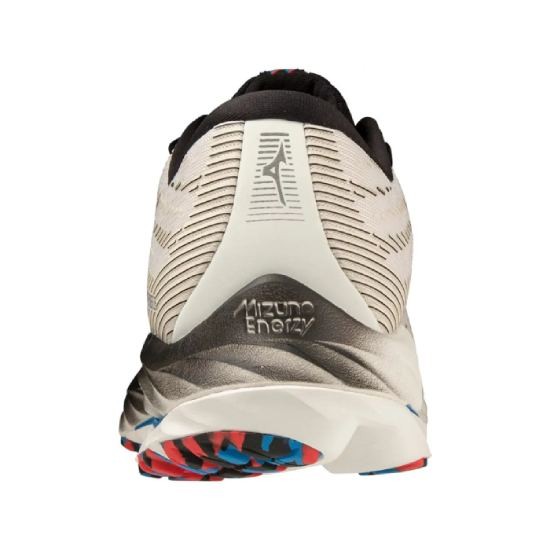
In the midsole we find the Enerzy material which provides really good sensations in other models of the brand such as the Mizuno Wave Rider 25 and the Mizuno Wave Sky 4. This foam has 17% more soft cushioning and 15% more rebound than the previous Mizuno cushioning material, the U4IC.
Mizuno Wave
A plate that can be found in the heel and midfoot area, now made from bio-based materials such as PEBAX castor oil. The purpose of the Mizuno Wave is to provide cushioning and stability during running. The Wave platform in addition to extra cushioning helps disperse the impact force on landing, helping you run more with more stability and more safely.
Dynamotion Fit
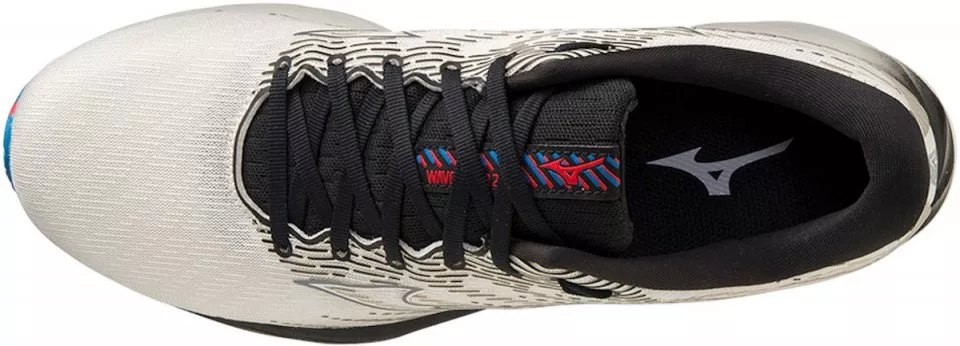
The model has a seamless upper. The aim of the Dynamotion Fit is to hug the foot, ensuring a comfortable yet secure feeling when running. The desired result is that the trainer and the foot work as one, regardless of the user's running style.
nother new addition is the tongue which aims to minimise friction. It is attached to the sides of the upper, eliminating the seams and thus achieving a smoother and more comfortable fit without friction.
X10

Durable carbon rubber has been used in the outsole. Mizuno calls it X10 and it can be found in those parts of the outsole most exposed to the wear of the road.
What can we expect from the Mizuno Wave Rider 26?
After the improvements seen in other top-of-the-range running shoes, such as the Mizuno Wave Sky 5 or the Mizuno Wave Skyrise 3, it is clear that the Wave Rider 26 has become a high-performance option for all types of distances and paces, especially moderate paces.
With the firm intention of catching up and competing on equal footing with models like the Nike Pegasus 39, Saucony Ride 15 or New Balance Fresh Foam 1080 v12, this new installment of the Mizuno Wave Rider 26 will be a tough rival for all of them, offering a more reactive and agile level of cushioning, improving the running experience with better responsiveness.
What is the official release date of the Mizuno Wave Rider 26?
This trainer is already on sale.
Stay tuned to RUNNEA, and we will inform you, in detail, of everything related to the Mizuno Wave Rider 26, a real runner and ideal choice as a daily training shoe, that no doubt will be a strong candidate for the best running shoe of 2022 at the X RUNNEA Awards. We will have to wait and see!
Review of Mizuno Wave Rider 26

Lionel Nattes
TesterPros
- stability
- cushioning
- grip
Cons
- tongue
Mizuno Wave Rider 26: Maximum comfort, maximum cushioning and a lot of running safety
Are you wondering if the Mizuno Wave Rider 26 are right for you? Read the following to find out.
I am going to share with you my recent test of the Mizuno Wave Rider 26. The conditions of this test were ideal, as I am completing the last 4 weeks of marathon preparation. This meant that I was able to use these top Mizuno shoes in the following workouts:
- In long series 2 x 5000, (4:25 and 4:20).
- In shorter runs 10 x 1000 (between 4:20 and 4:10)
- In progressive runs (16 km from 5:20 to 4:20)
- In long runs (25, 27 and 30 km at 4:55)
- In regenerative outings (between 8 and 12k at 5:20)
- In an all-out 20k (Behobia 2022 at 4:40)
In total I ran about 20 times and about 250 kilometers to offer you an opinion as objective as possible of the Mizuno Wave Rider 26
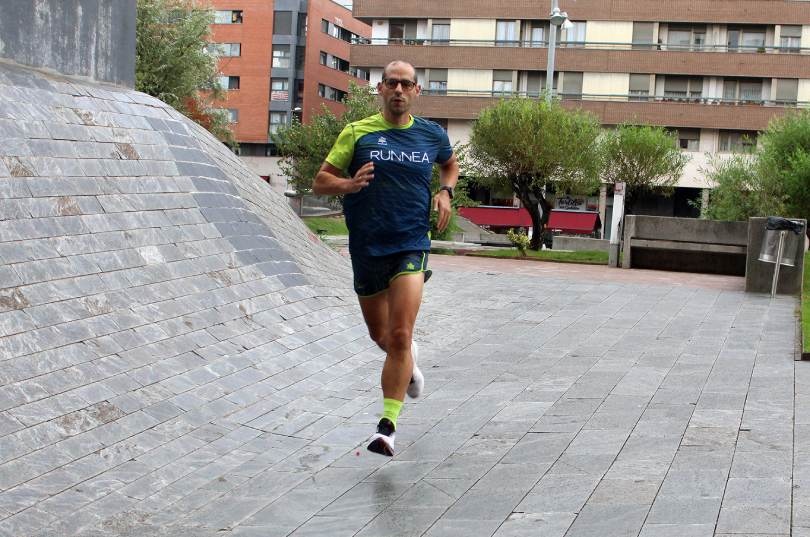
What type of runner are the Mizuno Wave Rider 26 recommended for?
As you can see from the paces mentioned in the introduction, I'm an amateur slow runner. My stride is neutral with a slight pronation. I am good with pronator shoes or very stable neutral shoes (this is the case of the Mizuno Wave 26). I weigh 80 kg.
One of the signature elements of Mizuno shoes is their Wave plate. No, it is not a carbon plate. Long before the wave of carbon plate shoes, Mizuno already included a plate, called Wave, on the back of its most advanced models. Mizuno 's plate usually runs from the heel to just before the forefoot. Carbon plates are intended to improve the responsiveness of the shoe, while the purpose of Mizuno's Wave plate is to provide cushioning and stability.
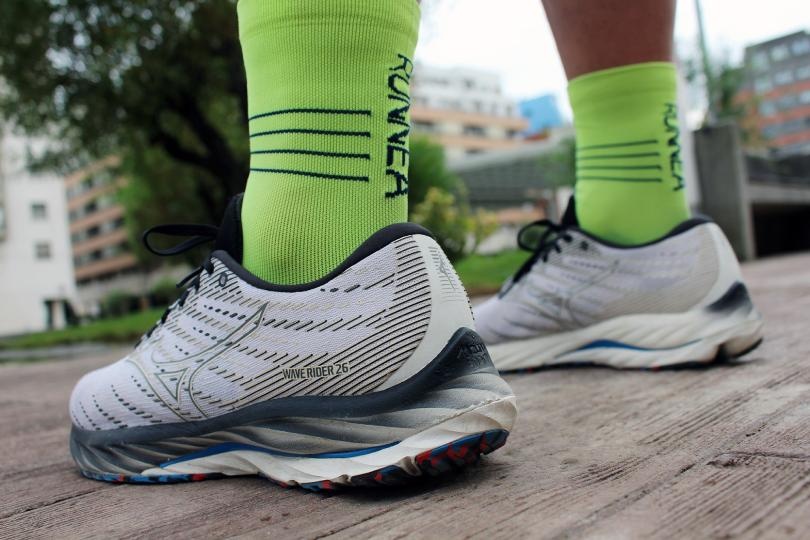
In addition to the two main features of the Wave Rider, cushioning, stability, I would also add comfort. Therefore, we are talking about a shoe for runners with a neutral stride, rather slow, and with a medium to high weight.
In the test I did based on pacing, I made the following observations:
At 4:10 / 4:20, the fastest paces at which I run, the shoe consistently gave me a feeling of security and stability. My running technique is not good, and the more I increase the pace, the more I need support that allows me to feel secure (I sometimes tend to twist my ankle in a poorly supported shoe at high paces). In this regard I did not have any scares with the Mizuno Wave Rider 26.
At 4:50 / 4:55, in long run workouts I really enjoyed the Enerzy compound. As the miles increased at a steady pace, each stride stayed consistent. In type of endurance torture workout, I felt very comfortable without the pounding of my feet affecting my comfort on the run. The Wave Rider 26 provided fantastic cushioning throughout all the miles.
At 5:20, on regenerative runs, I appreciated the width of the front of the shoe which gave me extra stability while running at low heart rates, in autopilot mode or chatting with friends. I prefer these paces much more than the agonizing series. With my foot well attached to the shoe and with the rigid and cushioned structure of the heel I felt stability and comfort.
What did we like most about the Mizuno Wave Rider 26?
The weight of the Mizuno Wave Rider 26
It is very light for a top cushioning and comfort shoe, weighing less than 285 grams. In fact, when you hold it in your hand for the first time, you will be impressed by the low weight for the volume it has.
Drop of the Mizuno Wave Rider 26
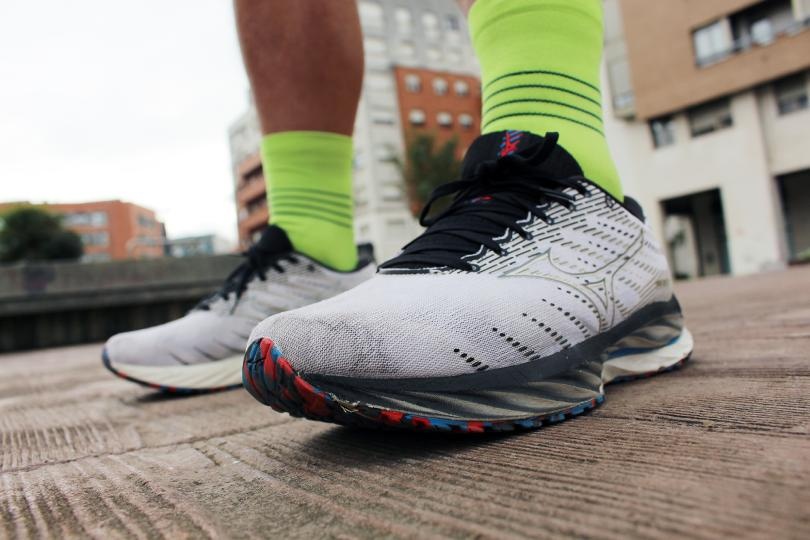
The 12 mm drop has also been a great ally. It is a high drop, for runners looking for comfort and who have a tendency to heel strike. The heel entry in the stride turns out to be not very efficient at the bio-mechanical level. With the 12 mm drop, the stride is propelled forward to initiate the next stride.
The wear sole of the Mizuno Wave Rider 26
We would have to like to rename it and call it a grip sole. More than 100 islet-shaped lugs are drawn deep into this outsole. In turn, each lug has a mini grid print. The result means that even on asphalt drenched in heavy rain, the Mizuno Wave Rider 26 offers a reliable and secure grip.
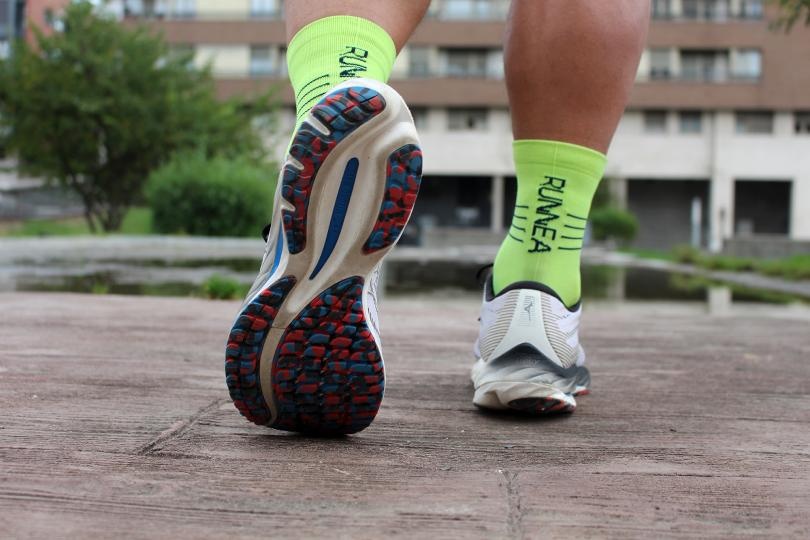
The Mizuno Wave Rider has a maximalist midsole, or Japanese maximalism. The thickness of the midsole is responsible for the extra comfort in the stride. I found the deep trench in the outsole to be very effective, allowing material to be removed where neither cushioning nor traction is needed. Mizuno developers have taken advantage of this groove to give visual access to the Wave plate, which can also be seen on both sides of the midsole.
The design of the Mizuno Wave Rider 26
Mizuno has always been a brand recognized in the world of runners as an excellent shoe but with a very austere design. But year after year, we have seen how Mizuno evolved in this aspect. Its colorful lugs, the visible Wave plate, an aggressive midsole model and a minimalist upper with 3D heat-sealed prints make the Mizuno Wave Rider 26 a stylish shoe.
The upper of the Mizuno Wave Rider 26
Mizuno opts for a new, more sustainable fabric in its upper, which is flexible and knitted. It is breathable and its flexibility allows the foot freedom when it starts to swell as the kilometers increase. At the same time, it offers enough support to ensure a good fit. The thermo-sealed protective elements at the front of the shoe give a little more structure to this model.
Longevity of the Mizuno Wave Rider 26
Finally, I wanted to highlight the apparent longevity of the Wave Rider 26. After more than 250 km, they appear as though they are fresh out of the box. And while on long runs I manage to control my stride, when I do series at higher paces I have a tremendous lack of control. I have a tendency to wear out the sole a lot, especially when it comes to the front of the footprint. In this test, for the moment, the sole is still intact. I think I will be able to wear these without any problem beyond 800 km. On a technical level, I'm sure that the X10 compound has something to do with this longevity.
Opportunities for improvement of the Mizuno Wave Rider 26
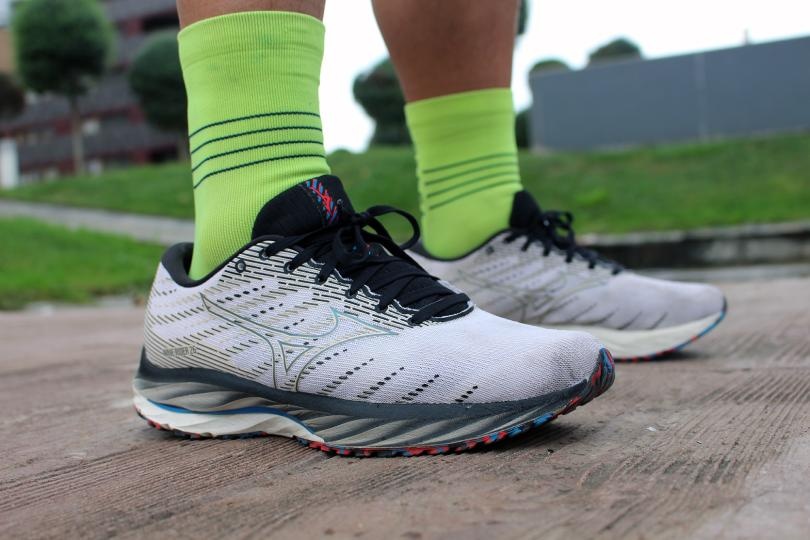
I found the tongue to be the weak point of this shoe. All the other elements are exquisite, but I have not found the same level of care and pampering in the composition and finish of the tongue. It is attached to the shoe by a piece of fabric on both sides, which I did not like as it felt less ventilated. The round holes where the flat laces pass through are also a detail that could be taken improved upon, and I propose more rectangular holes to guarantee having a flat lace passing through a flat hole.
Final conclusions about the Mizuno Wave Rider 26
I'm taking them to my next marathon!
I hope this statement is enough to convey to you my degree of satisfaction with this model. The Mizuno Wave Rider 26 may be less well known than other top shoes from other brands in the cushioned shoe segment for the slower, heavier runner. But they measure up, and with this extra material in the midsole area, both in looks and comfort, the Wave Rider 26 brings Mizuno closer to the maximalist-type shoes segment.
RUNNEA tester's rating
- Lightweight: 9
- Responsiveness: 8
- Cushioning: 10
- Flexibility: 9
- Stability: 10
- Grip: 10
Similar models to the Mizuno Wave Rider 26
Similar
User reviews of Mizuno Wave Rider 26
Be the first to leave a review
News about Mizuno Wave Rider 26
1 news about this shoeComparator
Compare Mizuno Wave Rider 26 with
Find Running shoes MizunoRunning shoes most compared
Mizuno Wave Rider 26 shoe is ranked 159 in the ranking of the best rated running shoes.
